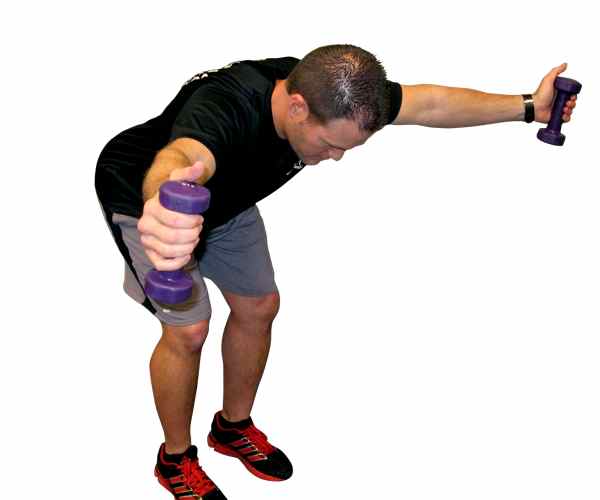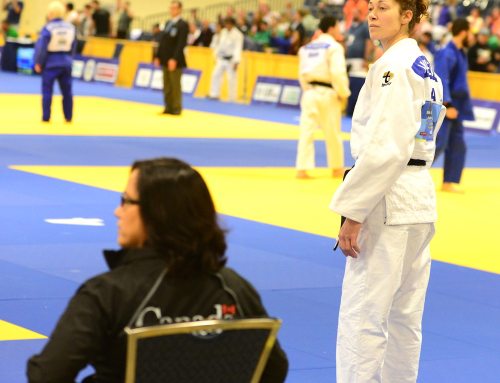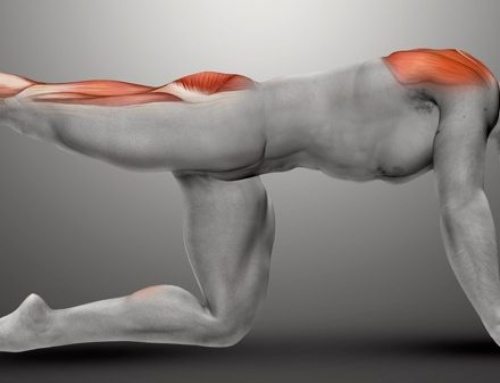
By Brian Schiff
Many runners and cyclists eventually make the leap to triathlons after they conquer the bike and road. Whether they are new to the water or avid swimmers already, the risk for shoulder problems is a major issue they must contend with during their training.
Due to the repetitive and cumulative nature of swimming alone, shoulder pain can easily impede training or even sideline competitors. Statistics reveal that 40% to 60% of swimmers may experience shoulder injuries during their training. The term “swimmer’s shoulder” is often tossed about in discussion, but this term is very vague and often fails to define the exact cause of pain.
Most of the time, overuse leads to tissue breakdown. In the shoulder, it is possible to have mechanical problems and pain related to:
- rotator cuff
- labrum
- instability
- long head of the biceps
- acromioclavicular joint
More often than not, swimmers suffer from secondary impingement. In medicine, this term describes a condition where there is increased shoulder instability (laxity) that develops over time as the joint capsule and ligamentous structures stretch out in response to the repetitive stress placed on the joint. This increased mobility then allows the head of the humerus to move more anteriorly/superiorly and pinch, rub or impact bony and soft tissue structures in the shoulder, especially as the rotator cuff and scapular muscles become fatigued in the pool.
Keep in mind that during the pull-through phase of swimming most of the stress is placed on the posterior shoulder, while the recovery phase puts more stress on the anterior portion of the shoulder. Many swimmers tend to have tightness in the chest and lats, pulling them into a rounded shoulder posture and thereby further decreasing the space that the rotator cuff occupies. In addition, the shoulder blades are often protracted, which is not ideal for the integration of movement between the humerus and scapula during each stroke pattern.
Initially, swimmers may feel soreness along the front and/or back of the shoulder. Provided this soreness resolves by the next session in the pool, the body is absorbing the stress sufficiently. Once the soreness persists beyond this time period, or the sensation becomes more noticeable and starts limiting yardage or the stroke mechanics, it becomes a red flag. It is not advisable to “swim through it,” as this approach will only increase inflammation, reduce performance, negatively impact form and potentially lead to a more serious injury, such as a rotator cuff or labral tear.
The following exercises can be used to keep your shoulders in top shape:
- Sleeper stretch: Perform this stretch daily to reduce posterior capsule/shoulder tightness that may limit the pull-through stroke. Hold for 30 seconds and repeat one to two times at multiple angles, such as 70, 90 and 110 degrees. Never stretch through any pain.
- Theraband W’s: Perform this exercise to strengthen the posterior rotator cuff and encourage scapular retraction. Perform two to three sets of 20 to 30 repetitions.
- Serratus push-ups: Begin in a plank position and then push up through the forearms, rounding the shoulder blades. Pause for 1 second and then lower back down. Perform two to three sets for 30 to 60 seconds.
- Bent-over Y raises: Using light weights (no more than 4% of your bodyweight), raise the arms up at a 45-degree angle. Pause at the top for 1 second and lower back down. Perform two to three sets of 20 to 30 repetitions.
Note: Using a low weight and higher repetitions is critical in building up muscular endurance and preventing shoulder injuries.
# # #
Brian Schiff, PT, CSCS, is a sports physical therapist and supervisor at the Athletic Performance Center in Raleigh. he APC in Raleigh and Cary currently offer a RunSmart Assessment available in group and individual formats. For more information, visit www.apcraleigh.com or www.apccary.com.





